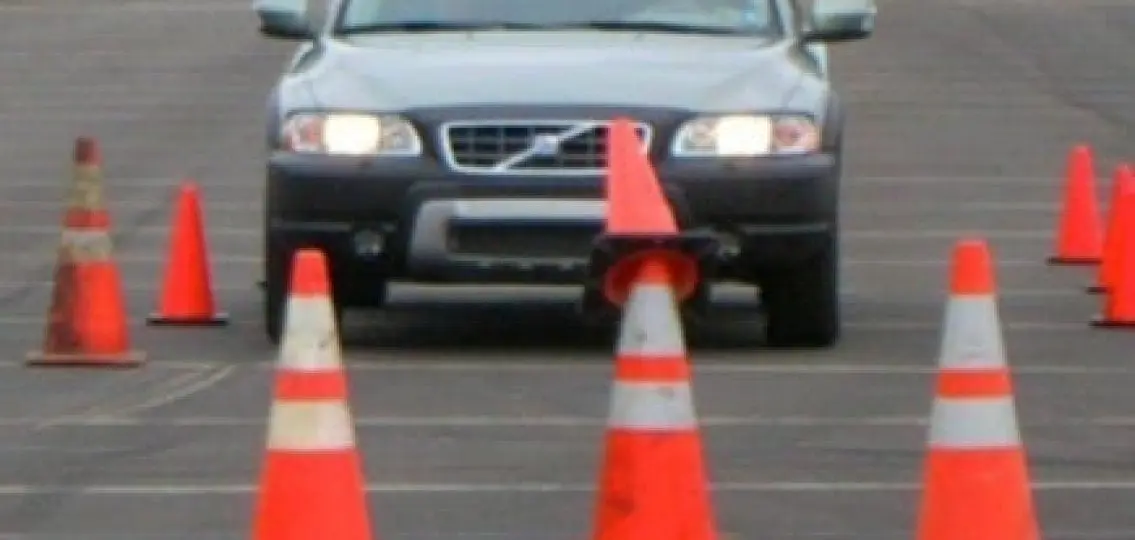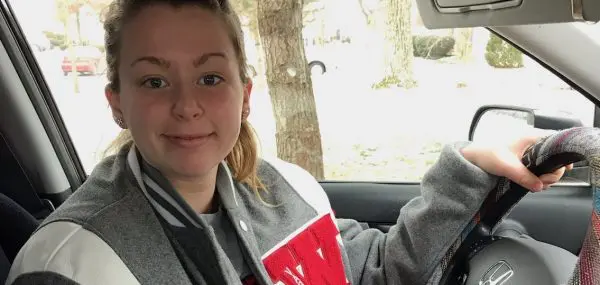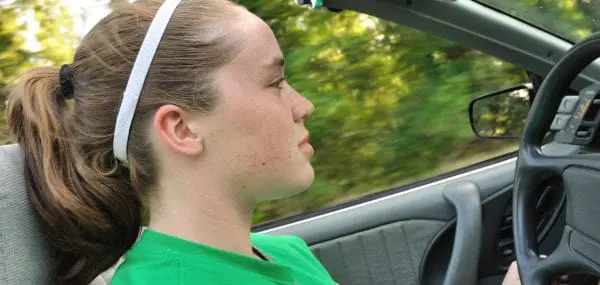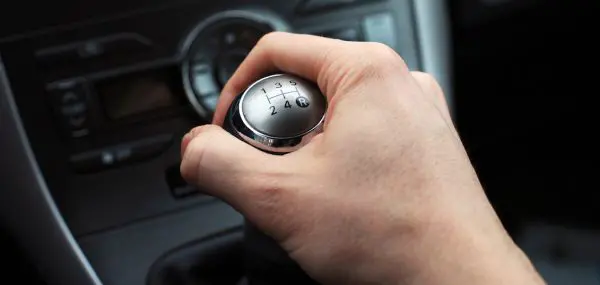Here’s a cold, hard fact. If your teenager dies, it will likely be in a car. Today, car crashes are the No. 1 killer of teenagers in the United States. On average, 100 teenagers die in crashes each week, a heart-breaking total of more than 5,000 teenagers a year.
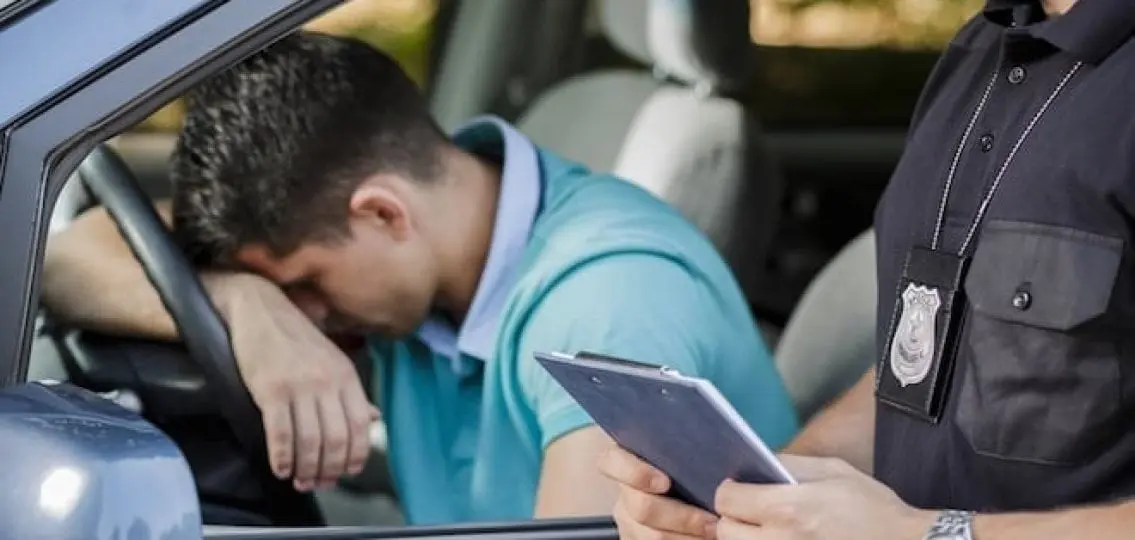
Still, these statistics are an improvement over a decade ago. Since 2000, the number of teenagers who die in crashes each year has dropped by more than 35 percent, according to the U.S. Department of Transportation’s National Traffic Safety Highway Administration. For this, we can thank Graduated Driver Licensing (GDL) laws, which ease teenagers into driving, and the many safety features now standard on most automobiles.
But, experts say, even more deaths—not to mention tens of thousands of injuries—could be avoided. The biggest change—parents who understood more about how to turn a typical teenager into a competent driver.
It’s Time To Think About Accident Prevention
“The way we train our teenagers is terrible,” says Anne Marie Hayes, president of the Teens Learn to Drive Foundation and a certified driving instructor. “When I first got into this, I had the impression that there were all these wild teenagers out there doing crazy things. It’s not true. It’s just that driving is a very complex activity.”
Compound that with drugs, alcohol, and driving distractions, and it’s easy to see how so many teenage drivers get into trouble. In fact, mile for mile, teenagers are three times as likely as the rest of us to get into a crash.
It’s a road that our teenagers need not travel.
“More than 96 percent of crashes are preventable,” Hayes stresses. “This is something we can change.”
4 Steps to Safer Teen Drivers
1. Use best-practice graduated driver licensing
Graduated Driver Licensing (GDL) is a system that all 50 states now require to varying degrees. And for good reason. It saves lives.
“GDL reduces injury and fatal crashes by 20-40 percent,” notes Deborah Trombley, senior program manager with the non-profit National Safety Council. “The range is because not every state has the same GDL laws. States with stronger laws tend to reduce crashes more.”
GDL accomplishes two goals. The restrictions ensure that teenagers get enough training behind the wheel. And the new driver is also shielded from the riskiest scenarios, like driving at night and with passengers, until they have more experience.
“For example, the data is really, really clear that when teens have one passenger, the crash risk increases by about 50 percent. And with each additional passenger, the risk increases dramatically,” Trombley explains.
Unfortunately, many states have weak GDL laws. Take the age at which teenagers can apply for a learner’s permit. The National Safety Council recommends 16 years old, but many states set the minimum age at 15 (and in some rural states, it’s as low as 14). Then, there’s driving with siblings, which many states allow in the probationary stage of licensing, despite banning non-family member passengers.
“But, there is no evidence that siblings are less distracting than friends,” Trombley cautions.
Experts recommend parents use the most stringent GDL practices with their teenagers, regardless of what their states allow.
“Parents should look at their state’s laws as the minimum standard,” recommends Pam Fischer, head of the New Jersey Teen Safe Driving Coalition and the former director of the state’s Division of Highway Traffic Safety. “You want to do what’s best for your teenager. If you had a choice between a vaccine that gave you half the protection and one that gave you all the protection, which one would you take?”
2. Learn to coach—or find someone who can
Here’s the catch. The best GDL practices put a heavy burden on the parent. Sure, most states require a driver’s education course. But, those courses typically offer students only a handful of hours behind the wheel. This puts parents on the hook for coaching their teenagers for 50 or more hours. And, if you don’t do a decent job, your teenager won’t be an especially competent driver.
“Parents are shocked when I say this, but driver’s ed will not teach their teen to drive safely,” explains Douglas Damerst, editor of the Teen Driving Guides. “The crash rate and fatality rate for teens who go through driver’s ed is the same for teens who have not.”
Damerst attributes this to the structure of the classes. Teenagers spend the majority of the time sitting in a classroom learning about driving instead of, well, driving. In fact, most driver’s ed courses offer a mere 6-8 hours behind the wheel. It’s a start, but hardly the 50-hour minimum that the National Safety Council recommends.
“Driver’s ed focuses on knowledge and skills, which are important,” Damerst says. “But, what reduces crashes is driving behavior, and that’s more difficult to establish in a teen. The parent coaching is what is going to give good habits and behavior.”
Trouble is, how many of us know the first thing about coaching our teenagers on how to drive? We may think we do, since we’ve been driving for years, but the fact is, most of us need help.
“If you’re not an instructor, you probably don’t know how to give instruction,” says Hayes, who’s also the author of 3 Keys to Keeping Your Teen Alive: Surviving the First Year of Driving. “There’s so much detail they need to know. You may think you could say, ‘Turn here,’ but that’s such a broad instruction. That’s not helpful to a teenager learning to drive.”
| [adrotate banner=”99″] |
This is where guides that provide step-by-step instructions on coaching teenagers, like 3 Keys and Teen Driving Guides, are useful. These guides encourage parents to take their teenagers through a variety of driving situations. For example, have them drive on back roads, in busy downtowns, on highways, in bad weather. And review the skills teens need to practice and practice and practice and practice, yet again.
“It’s important to give your teens practice in all kinds of situations, all kinds of roads, all kinds of weather.”
Hayes suggest, “Don’t just take them around your neighborhood every time. If it’s bad weather, don’t stay home. Get out there and practice.”
Focus on skills, as well as behaviors, reminds Damerst. “You do the skills, like how to do a three-point turnaround, but behavior, like don’t show off in front of friends, is equally important.”
Indeed, a recent study by the National Highway Traffic Safety Administration (NHTSA) offers a checklist of behaviors that most often get teenage drivers into trouble. They aren’t particularly surprising: speeding, using alcohol and drugs, not fastening the seat belt, drowsiness, fooling around with friends in the car, fiddling with the music player, using cell phones and following too closely.
The message parents need to convey, say the experts, is that none of these are acceptable while operating a car … ever. And, parents must model safe behaviors when they themselves are behind the wheel. Put the cell phone away, don’t speed and follow all the rules of the road.
In fact, adds Hayes, parents should also consider “saying out loud what they’re doing as they’re driving. I’m doing this. I’m doing that. This helps teenagers a lot.”
Finally, if, for whatever reason, you are not cut out to coach your teenager, then find someone who is—or spend the money to find a certified driving instructor. This is not a place to skimp.
“Just like you might hire a coach to teach your teen the French horn, you can easily find a driving instructor,” Damerst notes. “But, this particular skill is life and death.”
3. Sign a parent-teen driving contract
So, you’ve found a great driver’s ed class, you’re following the best GDL advice out there and you’re doing a fantastic job of coaching your teenager. What now?
It’s time for a parent-teen driving contract.
This is an agreement between you and your teenager that lays out the driving rules and consequences for your teen.
Your contract should include some baseline rules that discourage behaviors that lead to accident and injury or death, like never driving under the influence of alcohol or drugs, never using a cell phone while driving, never speeding and always wearing a seatbelt.
Hayes suggests that parents also institute a “safe-passage” clause that lets your teenager know that if she is ever concerned about getting into a car, as a driver or a passenger, you will pick her up, no questions asked.
“It doesn’t matter if it’s 3 a.m.,” she says. “If she calls you, you just go and get her with no discussion. You can talk about what happened a few days later.”
The effectiveness of the contract directly correlates to your enforcement of it. “Set the rules and follow through,” stresses Fischer, who is a parent of teenagers herself.
Consequences should include a loss of driving privileges for some period of time, as well as harsher penalties for multiple infractions. For example, perhaps the first time your teenager forgets to wear his seatbelt, there’s a stern warning. The second time, no driving for a week. The third, it’s a month. For a more serious offense, especially when it comes to a life-threatening behavior, like texting, parents should immediately take the keys.
These kinds of rules encourage teenagers to take the responsibility of driving seriously, while also helping them resist peer pressure, Hayes says. “It can be hard for a teenager to stand up to peers. This protects them. They can say to their friends that they are not willing to risk losing their driving privileges. It gives them an out.”
4. Stay vigilant
Finally, the big day arrives and your teenager earns his full license. Time to pat yourself on the back, right? Not so fast, say the experts.
“We see it in the analysis of our crash data,” says Fischer. “We categorize teens as being 16- to 20-years-old, and there are far more fatalities among 18- and 19-year-olds than any other group.”
Indeed, even after your teenager is fully licensed, it’s crucial to keep paying attention.
The bottom line is that they are still inexperienced drivers and will be for at least a few more years.
“We need parents to keep saying, ‘Where are you going? What are you doing? Be careful out there,’” Fischer says. “We know parental reinforcement works.”
Additionally, ride along as a passenger with your teenager from time to time. If you sense your teen needs more training, enroll her in a defensive driving course or hit the road for a few more coaching sessions.
Parents should also continue to “control the keys,” Fischer adds. “Crash risk is reduced when kids have to ask for the keys. The more you can control and then positively reinforce, the better.”
Finally, think hard about those times that your teenager is a passenger in a car driven by another teen. Two out of three teenagers who die in automobile accidents are passengers in another teenager’s car, according to NHTSA.
“Even if a parent has a limit in their house, another household might be run differently,” points out the National Safety Council’s Trombley. Talk to your teenager’s friends, ask questions and make sure your teenager gets permission before getting into the car with a friend.
“The agreement I have with my daughter is that she is not allowed to ride with any other teenager unless I approve it,” Hayes says. “This gives me the opportunity to size up and talk to the other driver about the experience they’ve had. Because you can be sure if a friend is coming to pick up your teen, they will be driving perfectly while you’re watching.”
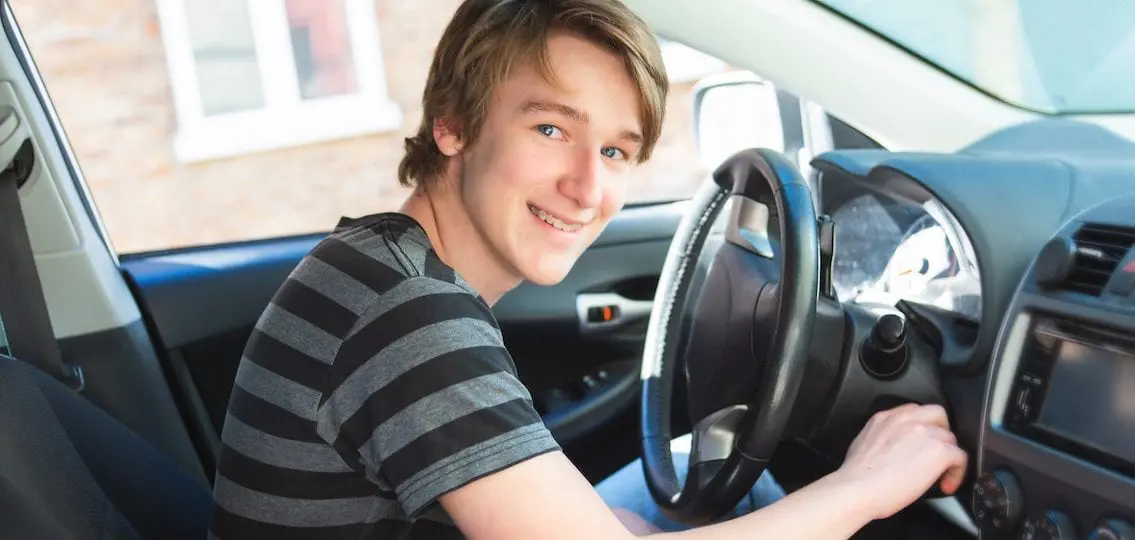
For teenagers, earning a driver’s license is an exciting time of life—and a major milestone on the journey toward adulthood. But it is also a time for parents to let caution rule. Though your teenager may not always agree, taking the slow road to full licensure is the smartest way to travel.
